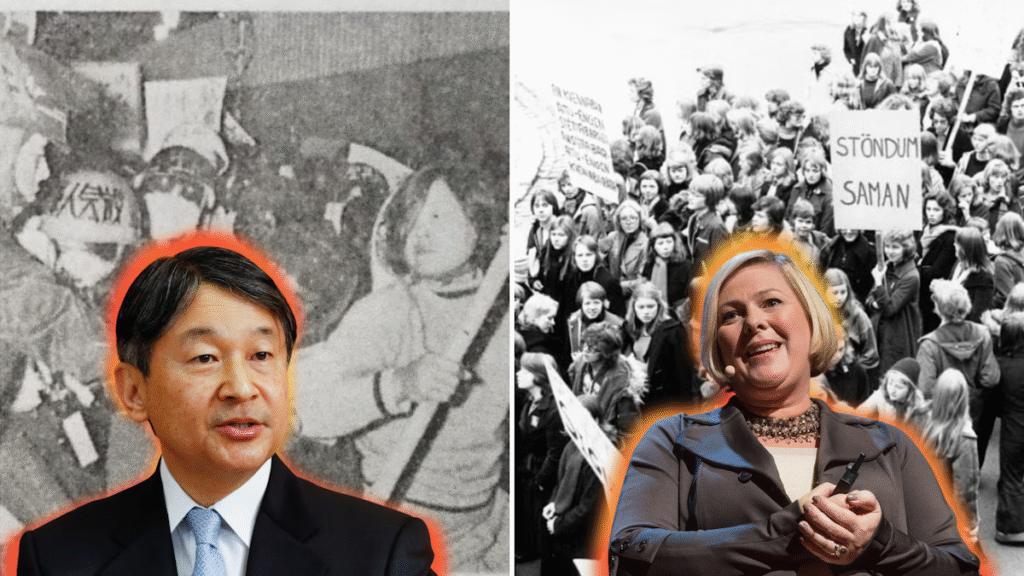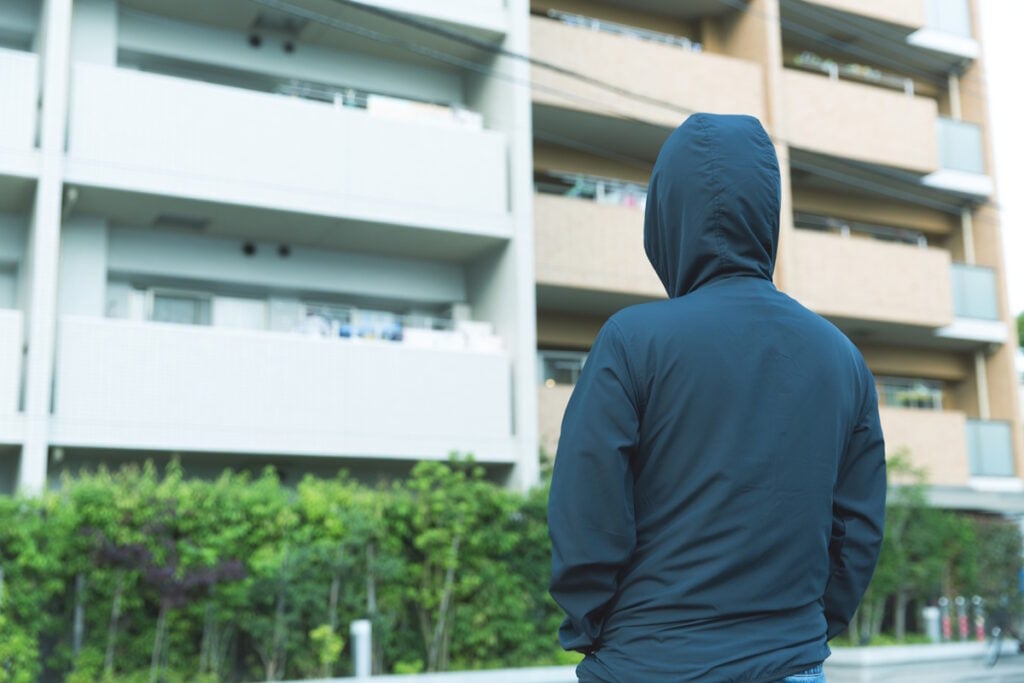It’s tough for Japanese women in Japan’s cities. Women are forced to contend with all sorts of bullshit – from perverts roaming the subways to various forms of job discrimination. But recent statistics send a clear message: as much as it may suck, it’s better than living in the sticks.
Nikkei has a lengthy article on a long-standing trend: Japanese women fleeing their hometowns for cities such as Tokyo and Osaka. The trend is unmistakable – and significant. In total, 40% of young people between ages 15 and 29 leave their hometowns for a major city. Out of the 40 prefectures that saw a mass exodus of the young, 32 prefectures saw significantly more women leave than men.
So where is everyone going? Women are going to just one of five prefectures, with Tokyo being the primary target. The other top cities for women are Yokohama, Sapporo, Sendai, Fukuoka, and Nagoya. According to real estate research firm Global Link Management, there are three times as many women in Nagoya as men.
Meanwhile, men are mainly moving into two prefectures: Aichi and Kanagawa. Aichi’s Toyota City serves as the headquarters of the renowned Japanese auto manufacturer, so its inclusion here is perhaps no surprise.
Why Japanese Women Are Fleeing
Whatever the reasons, experts and the Japanese media fret that this gender imbalance is accelerating depopulation. With men and women concentrating in different areas of Japan, the argument goes, the chance for heterosexual Japanese to meet and mate declines rapidly.
That might be confusing cause and effect in my opinion. Japan is also experiencing a growth in singles culture, and a move away from long-term relationships in general. In other words, no one feels compelled to move to an area simply to meet somebody.
The reason women are moving is pretty clear: work. Economic conditions in Japan are improving relative to the eruption of the 90’s economic bubble. And more women are securing higher-level educations and striving to enter the Japanese workforce than ever before.
However, according to surveys, women aren’t moving simply because jobs are more plentiful in the city. When asked their reasons for leaving their hometowns, women cited “wanting to get away from my parents and relatives” as a reason twice as often as men. In other words, women don’t simply want to work; they want to work free from the influence of their overbearing families.
Planning a trip to Japan? Get an authentic, interpreted experience from Unseen Japan Tours and see a side of the country others miss!

"Noah [at Unseen Japan] put together an itinerary that didn’t lock us in and we could travel at our own pace. In Tokyo, he guided us personally on a walking tour. Overall, he made our Japan trip an experience not to forget." - Kate and Simon S., Australia

See a side of Tokyo that other tourists can't. Book a tour with Unseen Japan Tours - we'll tailor your trip to your interests and guide you through experiences usually closed off to non-Japanese speakers.


Want more news and views from Japan? Donate $5/month ($60 one-time donation) to the Unseen Japan Journalism Fund to join Unseen Japan Insider. You'll get our Insider newsletter with more news and deep dives, a chance to get your burning Japan questions answered, and a voice in our future editorial direction.
Getting Along with the Local Aliens
Can anything be done to reverse this trend? Experts say that local governments should set their sights convincing people in their early 20s to say. However, that’s easier for cities and towns that serve as commuter towns. More distant areas of Japan, experts say, have a tougher row to hoe.
Some prefectures, however, are happy to pick up the gauntlet and scream, “CHALLENGE ACCEPTED!” One of those is Kochi Prefecture (高知県) in the Shikoku region of southern Japan. A recent study found that, of the people who do move from the city to a more remote prefecture, some 16% end up returning to the city. In an attempt to reverse the trend, Kochi launched a hashtag campaign, #田舎暮らしは甘くない (“It’s ain’t easy living in the sticks”).
To accompany the campaign, the prefecture uploaded a YouTube video in which a former city-dweller frets about whether he should return to the city. His companion, a local, is depicted as an alien. The campaign aims to address concerns that former city residents might have about “not fitting in” and adjusting to the different customs and pace of their newfound homes.
While this is a valiant effort, it remains to be seen if it will have any effect. Frankly, I think the one thing that would help provincial areas greatly is if more Japanese companies supported telecommuting. Office time is still critical in most Japanese workplaces, which forces everyone to live within a reasonable distance of their employer. A more flexible approach to office face time would benefit local jurisdictions – and Japanese workers – immensely.
Why this page doesn't look like crap
You may notice a few things about this page. First, it’s mostly content – not ads. Second, this article was written by a human, not a plagiaristic Turing machine.
Unseen Japan is a collective of independent authors. We work hard to keep our content free of intrusive ads and AI slop.
Help us keep it that way. Donate to the Unseen Japan Journalism Fund to support our work. Regular donors will receive Insider, our paid newsletter with weekly bonus content about Japan. Plus, your contribution will help us produce more content like this.
What to read next

1st vs. 118th: On Gender Equality, Japan and Iceland Took Different Roads
The Emperor of Japan asked Iceland’s president a very good question recently: Why is your gender gap so much smaller than ours?

Japanese Police Consider Changing Anti-Stalking Law After Murder
Japan’s National Police Agency (NPA) is considering the change after police in Kawasaki failed to protect a stalking victim.

The Debate Over Women-Only Parking Spaces in Japan
Do women-only parking spaces create a safe space for women? Or do they unnecessarily stereotype female drivers?

